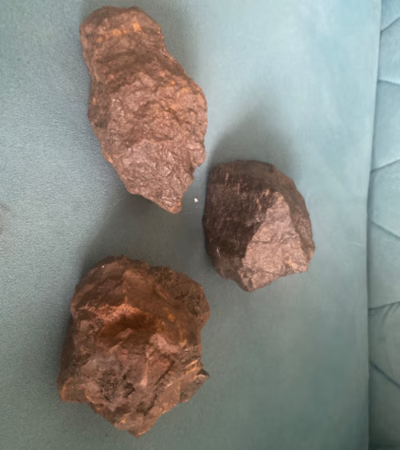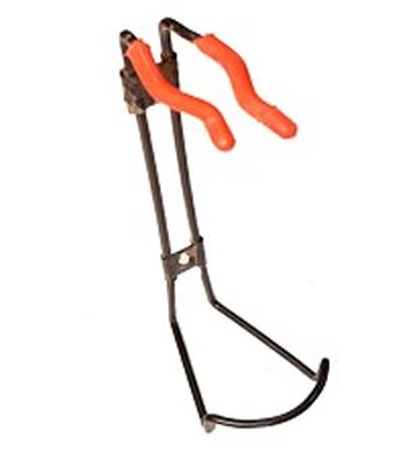India"s metals sector is witnessing an intriguing shift as ores and metals imports rose to 5. 98% of merchandise imports in 2022, up from 5. 23% in 2020. This upward trajectory highlights a growing dependency on external metal sources despite being a significant exporter. Interestingly, the percentage of ores and metals exports has decreased to 3. 73% in 2022 from 4. 83% in 2021. This suggests a potential opportunity for local manufacturers to cater to rising domestic demands and reduce reliance on imports.
Moreover, while the global market sees varying trends, India"s commitment to energy investments and industry growth is evident. Investment in energy with private participation surged to $2. 47 billion in 2022, emphasizing a supportive environment for industrial expansion. However, the metals sector faces challenges, notably in balancing trade. The external balance on goods and services as a percentage of GDP worsened to -3. 56% in 2022 from -2. 62% in 2021, underscoring the need for strategic trade management. Forecasting ahead, India"s metals market is poised for growth, especially in sectors like steel and aluminum, fueled by infrastructure projects and global demand.
Nonetheless, to harness this potential, addressing trade balance issues and investing in local production capabilities will be critical. In comparison, other emerging markets are enhancing their local mining and processing industries to reduce import dependency, a strategy India might consider. To navigate these dynamics, businesses can leverage platforms like Aritral. com. Aritral simplifies international trade in commodities and raw materials through AI-driven solutions. By offering services such as product listing, direct communication, and global sales assistance, Aritral empowers businesses to connect with trusted suppliers and optimize their market strategies. With India"s metals market evolving, utilizing such platforms can offer a competitive edge in managing trade complexities and fostering growth.
-
 Sandy 7 months ago
Sandy 7 months ago India
Antic Stones With Mixture of many metals
India
Antic Stones With Mixture of many metals
It is a very antique piece of stone which has a blend of various metals like gold, silver, zinc and etc.Details
-
 Shree Fire Services 2 weeks ago
Shree Fire Services 2 weeks ago India
Shree Fire Services
India
Shree Fire Services
Shree Fire Services constitute the business in 2008 and is an eminent, prominent manufacturer and trader of Fire Fighting Equipment and Accessories.We...Details



